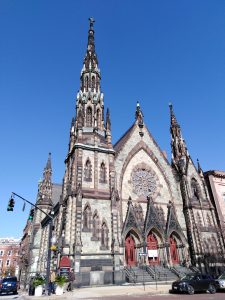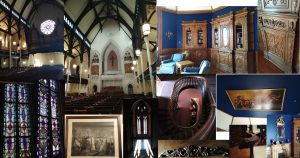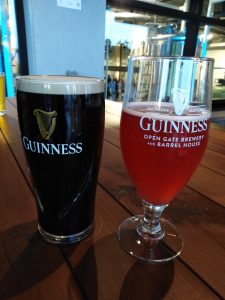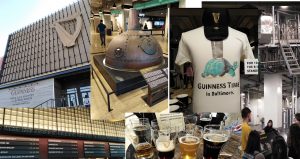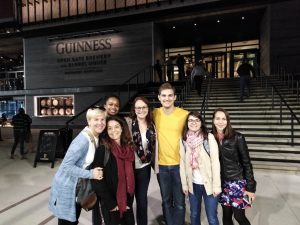A woman from a background of adversity cannot be shaken when confronted with resistance. Mary Golda Ross was, “the kind of person who would walk through a door and stick in her foot to make sure that it stayed open for others”. She followed her passion and held her own to become the first Native American female engineer in the 1940s. Ross was a pioneer of rocket science and was an integral part of, still to this day, classified research on interplanetary space travel.
Mary Golda Ross was the great-great-granddaughter of John Ross, the chief of the Cherokee nation. About 70 years before Mary was born, John was tirelessly resisting the seizure and erasure of Cherokee lands and culture by the U.S. Government. In 1838, due to the Indian Removal Act, tens of thousands of Cherokee were forcibly removed from their homes and forced to march over 1,200 miles (about 1,930 kilometers) into present-day Oklahoma. Thousands died during the journey. Mary was born in Park Hill, Oklahoma in 1908. As a student in the Cherokee Nation, Mary was very bright and caught on to mathematics quickly. During her university classes, Mary was ostracized for her interest in STEM as she found herself alone on one side of the classroom with the men on the other. As was the case with many women in science at the time, she both learned and excelled academically with a massive lack of support.
After receiving her bachelor’s degree, Mary held teaching positions and became a statistical clerk at the Bureau of Indian Affairs. While working, she took astronomy classes at the present-day University of Northern Colorado and earned her master’s degree in mathematics in 1938. A full 100 years after the Trail of Tears. Soon after, World War II had started and Mary moved to California to help with the war efforts, as 1 in 4 women worked outside the home during this period. She was hired as a mathematician in 1942 by Lockheed Aircraft Corporation, an aerospace engineering company. Her first project was analyzing the effects of pressure on the design of the P-38 Lightning, the fastest fighter jet in the world at the time, reaching speeds of 400 mph (640 km/h) in a level flight. Mary’s ambition did not stop there as she began to wonder how to become involved in space travel.
When the war ended, Lockheed saw her brilliance and sent her to UCLA where she earned a professional certification in engineering in 1949. Carrying on her engineering work in 1952, Mary helped found Lockheed’s Advanced Development Program, otherwise known as Skunk Works. She was the only woman engineer on this team, and most of the research from this program is still classified. However, it is known that Mary developed technology for space exploration and orbiting satellites. Mary’s work also helped develop the Agena spacecraft used in the Gemini and Apollo space missions. In 1966, Mary was a primary author for NASA’s Planetary Flight Handbook Vol. III, a still relevant source for space travel. Even suggesting the possibility of travelling to Mars and Venus.
Mary retired in 1973 and was influential in both the American Indian Science and Engineering Society and the Society of Women Engineers. She worked hard to encourage increased participation of Native American youth in STEM fields. As of 2021, there are less than 1% of Native Americans that comprise the STEM workforce; only 2% of the U.S. population is Native American. She advocated for more resources offered to Native Americans interested in STEM and increased knowledge of her ancestors’ history. Mary attended the 2004 opening of the Smithsonian National Museum of the American Indian in Washington, D.C., wearing a traditional Cherokee dress. Upon her death in 2008, Mary endowed the museum with $400,000. Mary had told the Los Altos Town Crier, “The museum will tell the true story of the Indian – not just the story of the past, but an ongoing story”. Mary had dreams that reached the stars, and she never stopped chasing them. She trailblazed a path for those who followed in her footsteps to find a way, no matter what barriers were present.
Written by Alysia Scott.



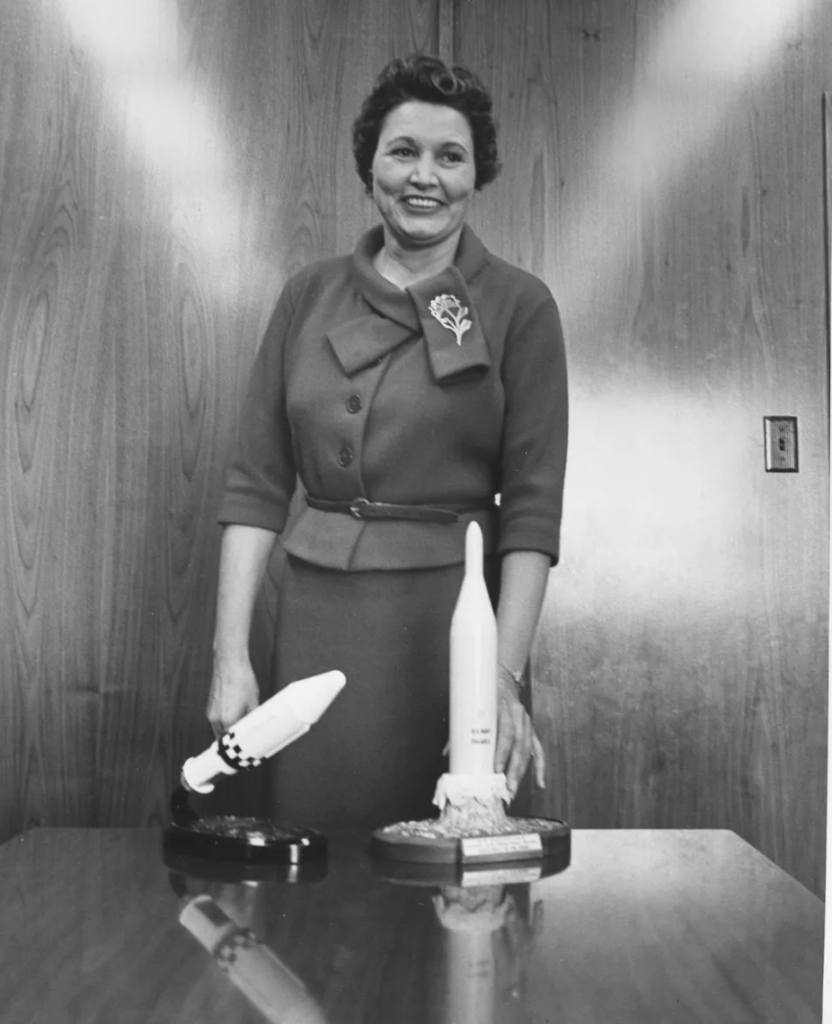
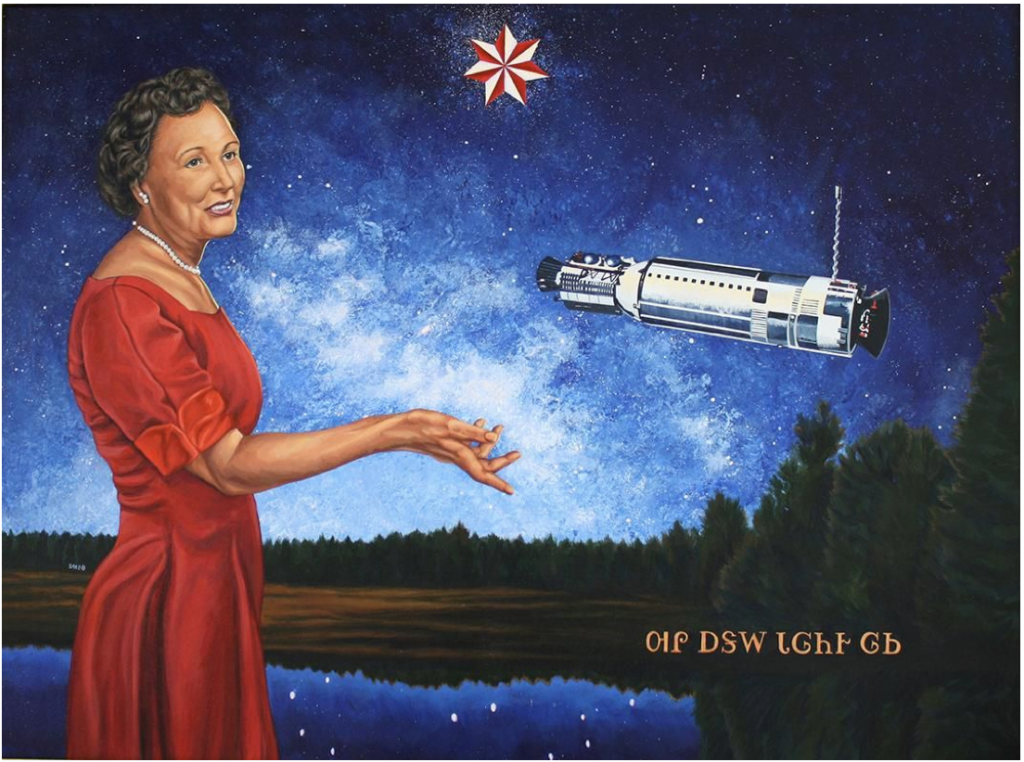
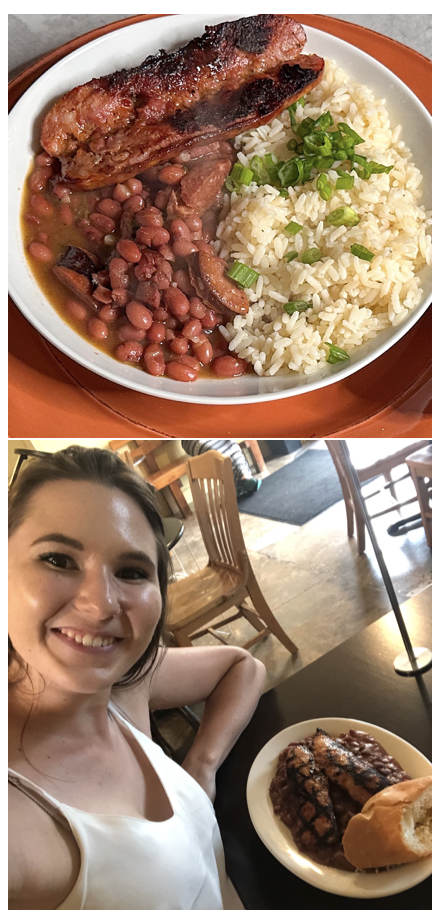
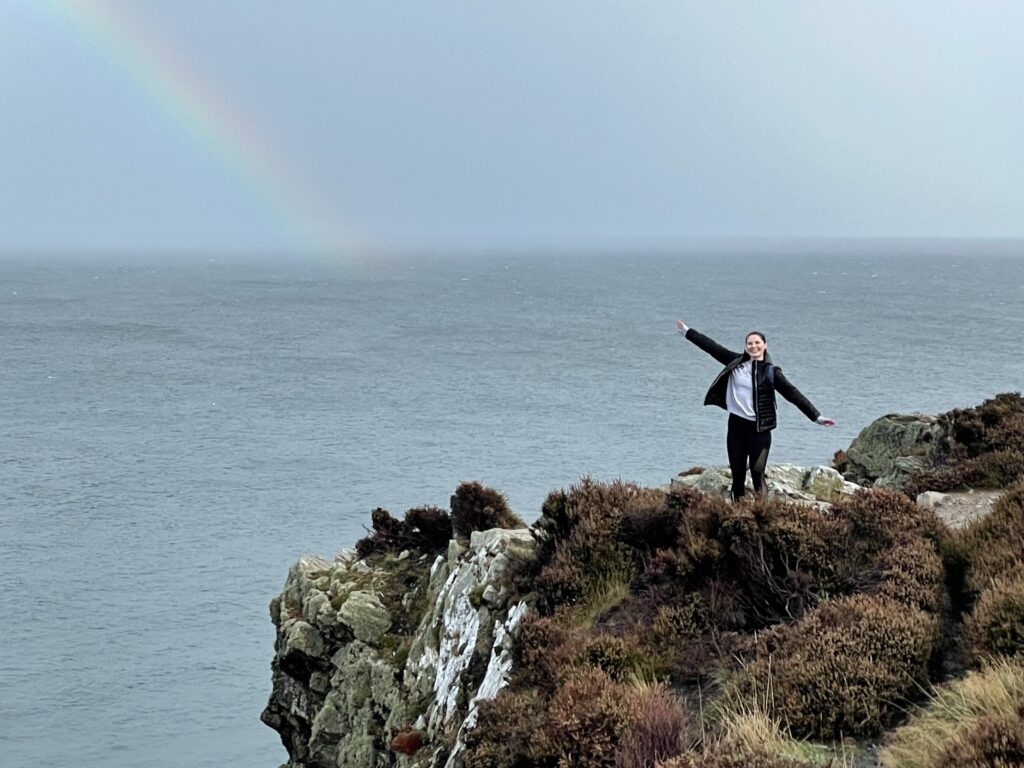
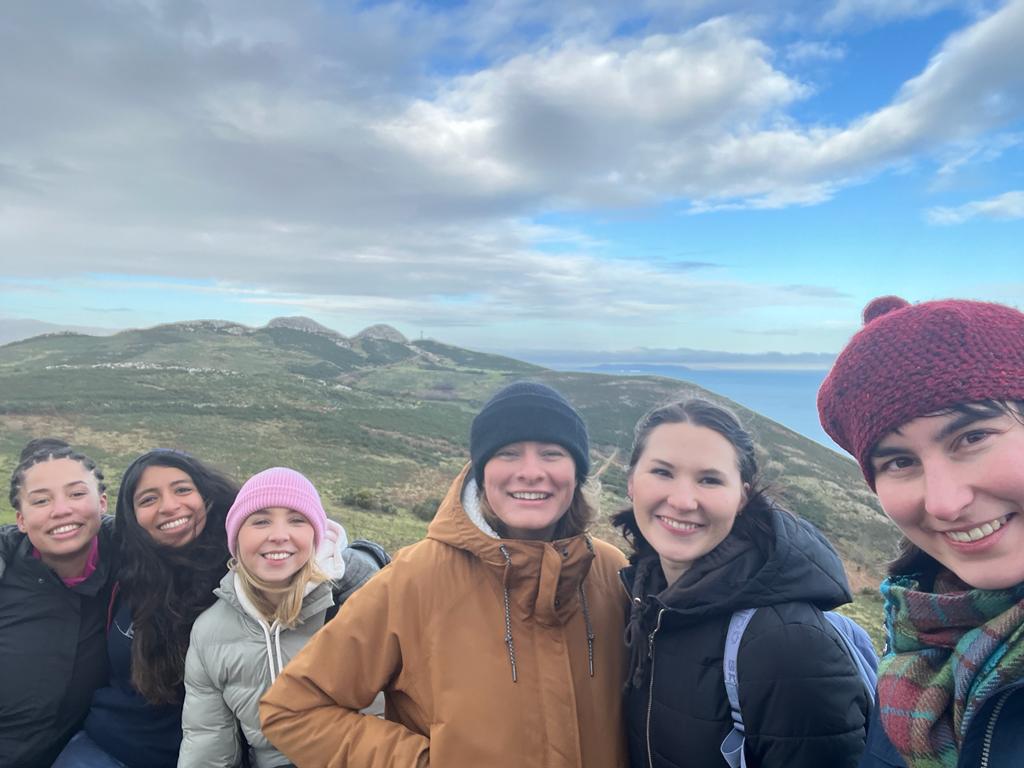
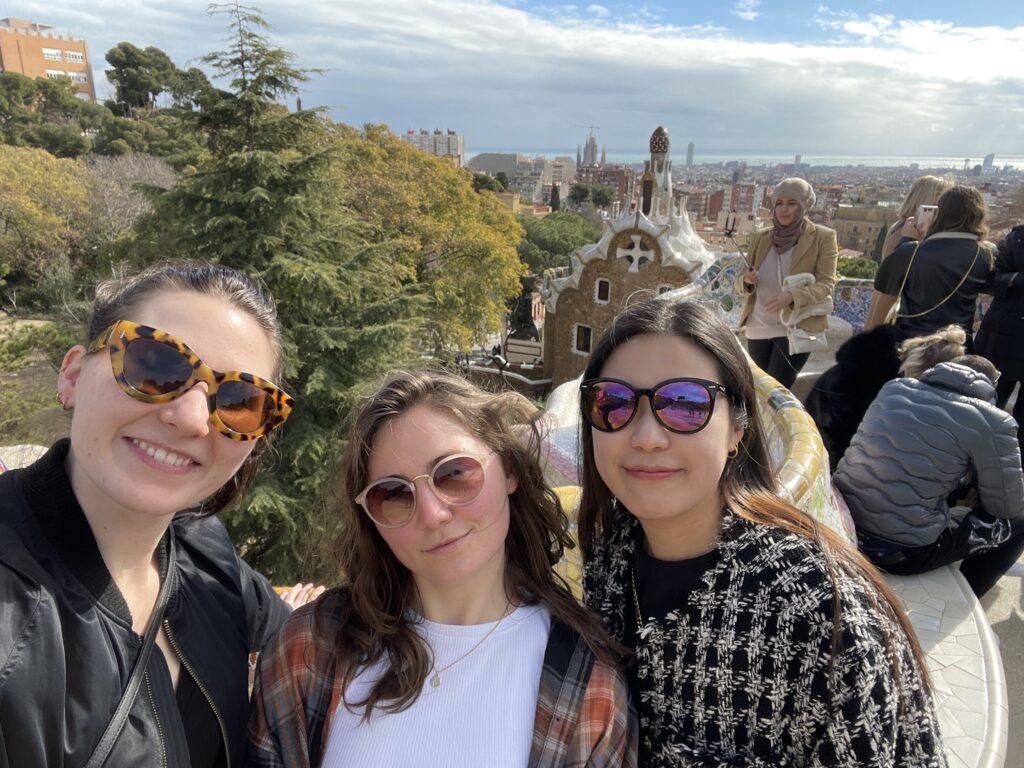
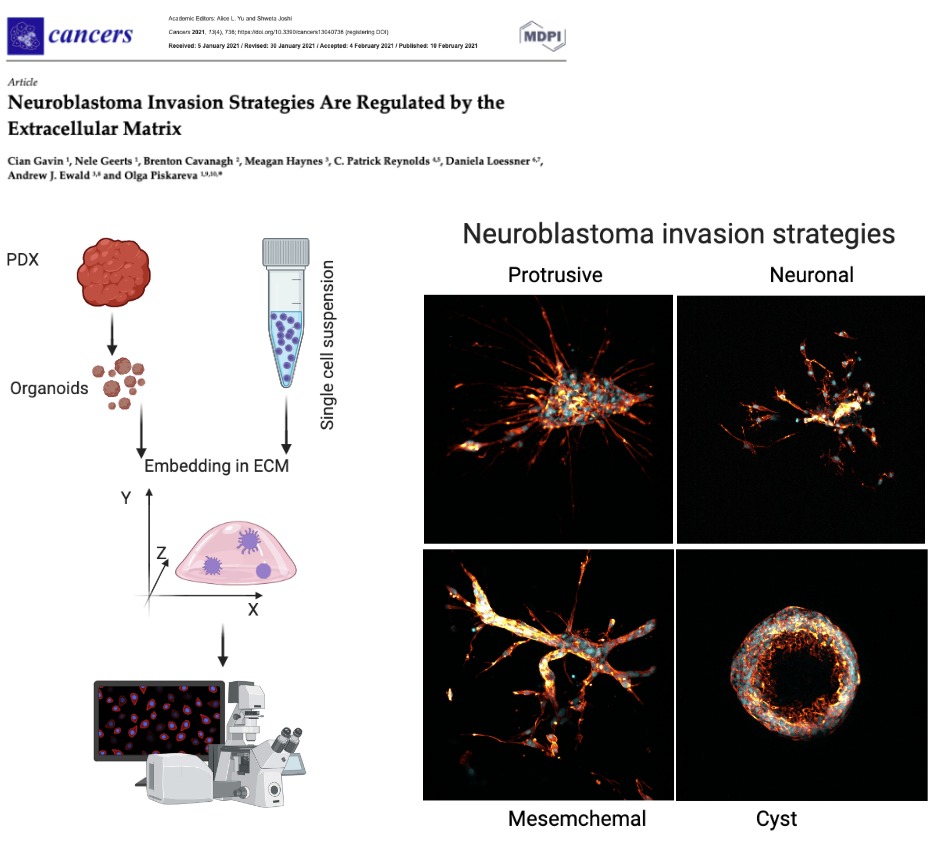
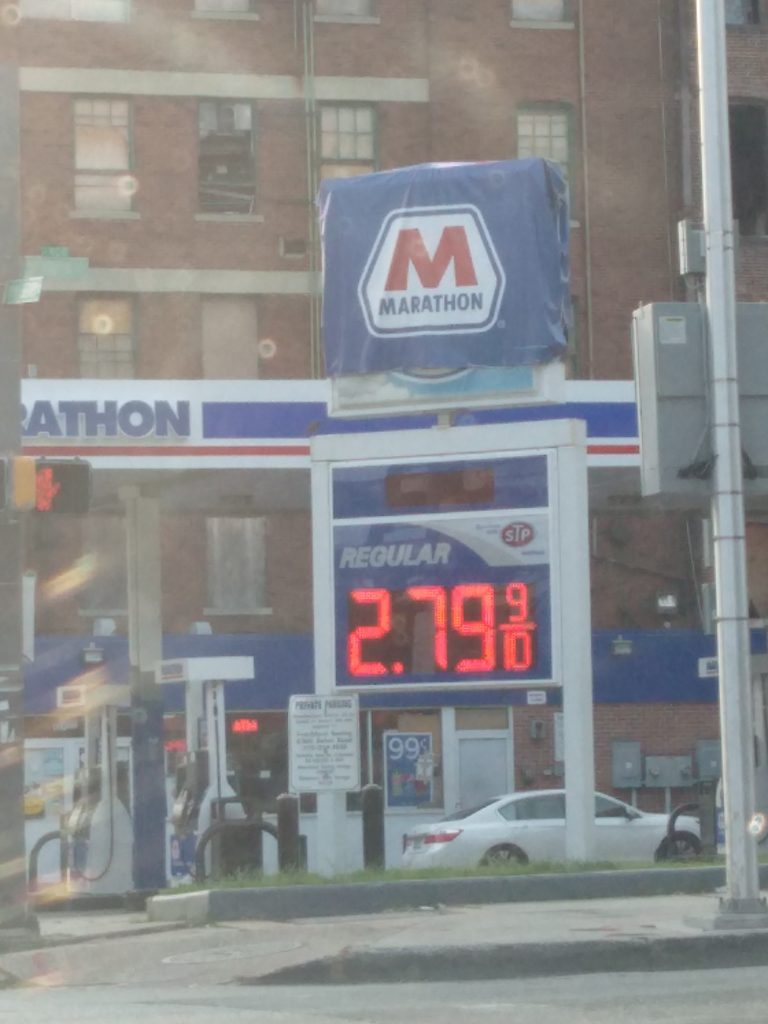
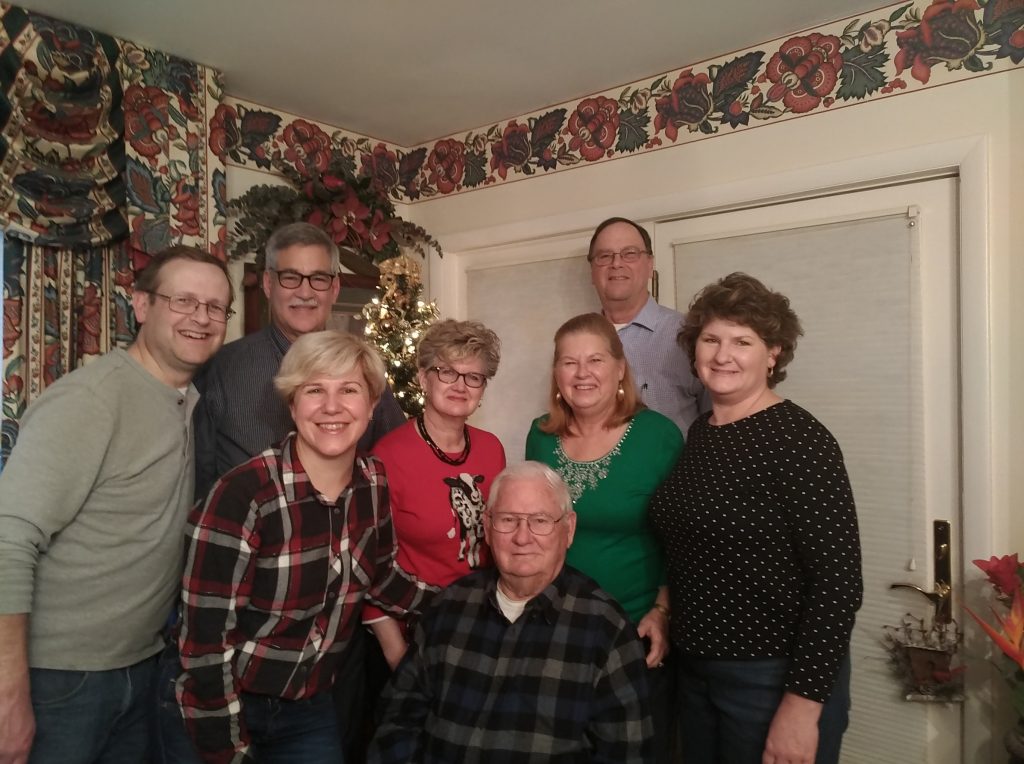
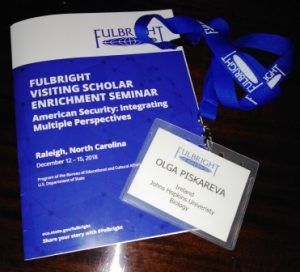 The theme of the seminar was American Security: Integrating Multiple Perspectives. With the great support from North Carolina University, we stepped out our comfort zones and explored security topics through lenses of our cultural backgrounds and life experiences. Food Security, Energy Security and Environmental Security. Eighty-four Fulbrighters from almost 40 countries were sharing their stories on how these issues are dealt with in their home countries! We learnt to talk through being open-minded, find things in common and come to a balanced solution. This is not a-one-size-fits-all solution. We have more in common than we have thought. We have become friends and partners who build bridges and connect people and countries. The Fulbright Programme helped us to realise it!
The theme of the seminar was American Security: Integrating Multiple Perspectives. With the great support from North Carolina University, we stepped out our comfort zones and explored security topics through lenses of our cultural backgrounds and life experiences. Food Security, Energy Security and Environmental Security. Eighty-four Fulbrighters from almost 40 countries were sharing their stories on how these issues are dealt with in their home countries! We learnt to talk through being open-minded, find things in common and come to a balanced solution. This is not a-one-size-fits-all solution. We have more in common than we have thought. We have become friends and partners who build bridges and connect people and countries. The Fulbright Programme helped us to realise it!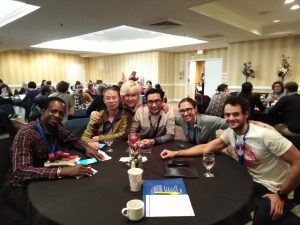
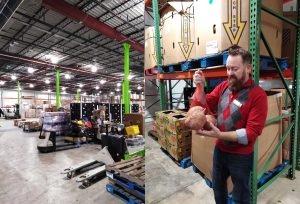
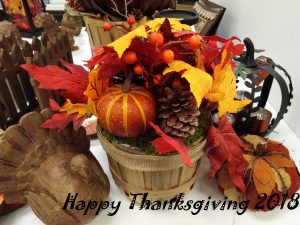 On November 22, almost all Americans and visitors celebrated
On November 22, almost all Americans and visitors celebrated 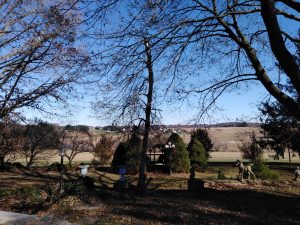
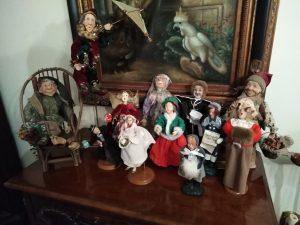
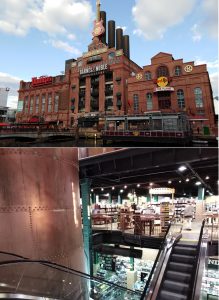 Barnes & Noble bookstore is located in the former Power Plant. The features are easily spotted. From outside, the building looks like a Plant for modern social activities. Ugly slightly, isn’t it? Though, it is a different feeling when you enter the bookstore. The Plant scaffolds, chimneys and pipes are nicely crafted into a warm welcoming environment. Even lights are dimmed as back then. Rambling through the bookshelves and feeling the magic of the place and unread stories on them. You can pick up a book, sit where you are and enjoy the reading. Maybe it is the feeling of my childhood full of books and hours of reading?
Barnes & Noble bookstore is located in the former Power Plant. The features are easily spotted. From outside, the building looks like a Plant for modern social activities. Ugly slightly, isn’t it? Though, it is a different feeling when you enter the bookstore. The Plant scaffolds, chimneys and pipes are nicely crafted into a warm welcoming environment. Even lights are dimmed as back then. Rambling through the bookshelves and feeling the magic of the place and unread stories on them. You can pick up a book, sit where you are and enjoy the reading. Maybe it is the feeling of my childhood full of books and hours of reading?